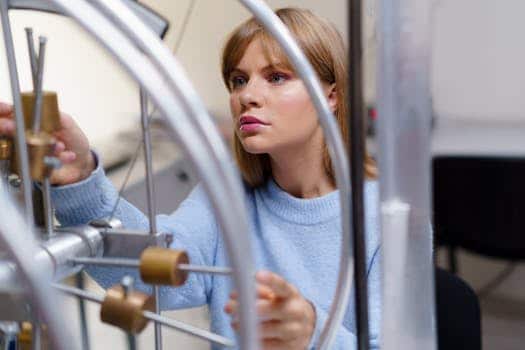Innovative Approaches to Student Assessment
Innovative approaches to student assessment have been a topic of much discussion and research in the field of education. With traditional methods of assessment such as standardized tests and final exams being increasingly criticized for their limitations, educators are seeking alternative ways to measure student learning and progress. In this article, we will explore some of the most promising innovative approaches to student assessment, highlighting their benefits and potential impact on education. From performance-based assessments to self-assessments, let’s dive into the world of innovative student assessment methods.
Performance-Based Assessments
Performance-based assessments (PBA) have gained popularity as a way to evaluate a student’s knowledge and skills in a real-world context. Unlike traditional tests and exams, PBAs require students to demonstrate their understanding through hands-on tasks, projects, presentations, or simulations. This type of assessment can be particularly effective in subjects that involve practical skills, such as science experiments, language presentations, or design projects.
Benefits of Performance-Based Assessments
One of the main benefits of PBAs is that they allow for a more authentic and holistic evaluation of a student’s abilities. By engaging students in real-world tasks, PBAs assess not only their knowledge but also their critical thinking, problem-solving, and creativity. This type of assessment can also promote self-directed learning, as students need to take ownership of their work and manage their time effectively in order to succeed.
Potential Impact on Education
PBAs have the potential to transform the way we assess and teach students. By shifting the focus from rote memorization to practical application, PBAs encourage students to develop skills that are essential for success in the 21st century. This type of assessment also promotes a deeper understanding of the subject matter and can motivate students to engage more actively in their learning process.
Self-Assessments
Self-assessment is another innovative approach to student evaluation that is gaining momentum in the education world. This method involves having students reflect on their own learning and progress and evaluate themselves based on specific criteria set by the teacher. This can take different forms, such as self-evaluation surveys, journals, or rubrics.
Benefits of Self-Assessments
Self-assessment is a powerful tool that can enhance student learning and motivation. By engaging students in the evaluation process, self-assessment promotes a sense of ownership and responsibility for their learning. It also allows students to set their own goals and monitor their progress, which can be highly motivating. Moreover, self-assessment can help students develop important metacognitive skills, such as self-reflection, self-awareness, and self-regulation.
Potential Impact on Education
The use of self-assessments has the potential to create a more student-centered learning environment. By giving students a voice in the evaluation process, self-assessment can help to foster a positive classroom culture and improve student-teacher relationships. This method can also promote a growth mindset, as students learn to see mistakes and feedback as opportunities for learning and improvement. Overall, self-assessments can contribute to a more empowering and meaningful educational experience.
Technology-Assisted Assessments
The use of technology in student assessment is not a new concept, but recent advancements have opened up a world of possibilities in terms of innovative assessment methods. From online quizzes and interactive simulations to digital portfolios and virtual reality experiences, technology can provide a more engaging and efficient way to assess students’ knowledge and skills.
Benefits of Technology-Assisted Assessments
Technology-assisted assessments offer several advantages over traditional methods. They can provide real-time feedback, which can be particularly helpful for formative assessment and immediate intervention. These assessments are also more adaptable, allowing teachers to tailor them to students’ needs and abilities. Moreover, technology can make the assessment process more engaging and interactive, increasing student motivation and reducing test anxiety.
Potential Impact on Education
The integration of technology in student assessment can revolutionize the way we teach and learn. By leveraging digital tools, teachers can assess their students in a more efficient, timely, and accurate manner. This can save teachers time and provide them with valuable data to inform their instruction and personalize learning for each student. Technology-assisted assessments also align with the skills and experiences that students need to succeed in today’s digital world.
Innovative approaches to student assessment are reshaping the way we think about education and are paving the way for a more personalized, meaningful, and efficient learning experience. By incorporating performance-based assessments, self-assessments, and technology into our evaluation methods, we can better prepare our students for the challenges and opportunities of the future. As educators, it is our responsibility to embrace these innovative approaches and continue to explore new and effective ways to measure student learning and growth.







